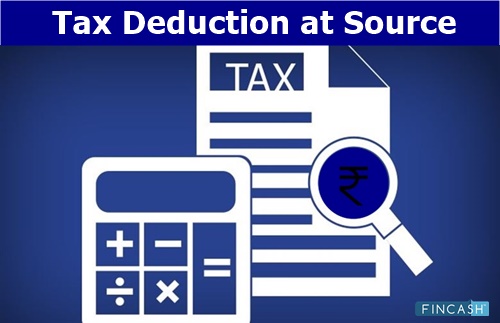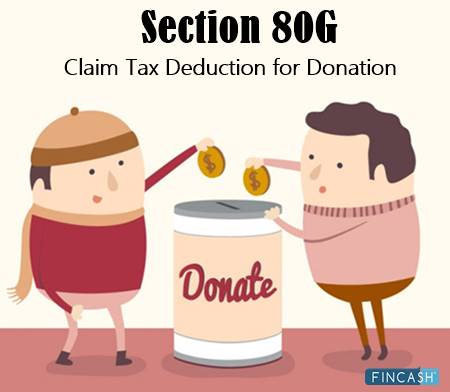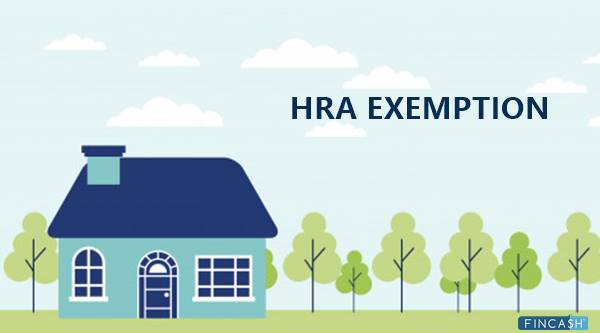
Table of Contents
Tax Deduction at Source (TDS)
What is Tax Deduction at Source?
TDS also known as Tax Deduction at Source is a type of tax that is deducted from an individual’s Income on a periodic or occasional Basis. As per the income tax Act, any company or person making a payment is required to deduct TDS if the payment exceeds certain threshold limits. TDS has to be deducted at the rates prescribed by the tax department.

The company or person receiving the payment is called the deductee and the company or person that makes the payment after deducting TDS is called a deductor. The deductor is responsibility to deduct TDS before making the payment and deposit the same with the government.
Types of Payments Deducted in TDS
Salaries
Interest payments by banks
Commission payments
Rent payments
Consultation fees
Professional fees
Ready to Invest?
Talk to our investment specialistWhat is a TDS certificate?
TDS certificates have to be issued by a person deducting TDS to the assessee from whose income TDS was deducted while making payment. Form 16, Form 16A, Form 16 B and Form 16 C are all TDS certificates.
For instance, banks issue Form 16A to the depositor when TDS is deducted on interest from fixed deposits. Form 16 is issued by the employer to the employee.
| Form | Certificate of Frequency | Due date |
|---|---|---|
| Form 16 TDS on Salary payment | Yearly | 31st May |
| Form 16 A TDS on non-salary payments | Quarterly | 15 days from due date of filing return |
| Form 16 B TDS on sale of property | Every transaction | 15 days from due date of filing return |
| Form 16 C TDS on rent | Every transaction | 15 days from due date of filing return |
All efforts have been made to ensure the information provided here is accurate. However, no guarantees are made regarding correctness of data. Please verify with scheme information document before making any investment.












